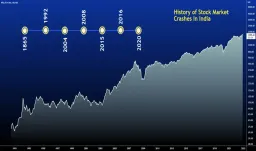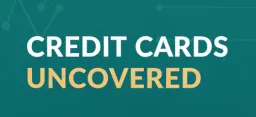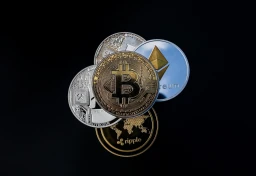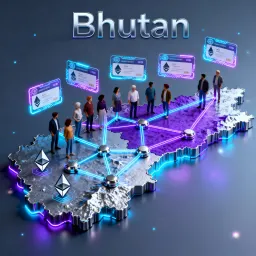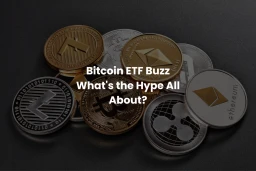Will Web3 help investing better and be accessible?

Web3 is the third generation of internet services, and it will be the next step in investment evolution. Ignore it at your own risk. We may be in the early stages of the most significant technological innovation since the internet. And the upside could be the most asymmetric in capital market history. In this blog post let’s explore more about Web3 in depth correlating with the future.
What is Web3?
Web 3.0 refers to the next version of the web, in which blockchain technology will enable users to interact with the web in a more secure and personal manner. Rather than being run top-down and centralized by large corporations, Web 3.0 will theoretically be decentralized and run bottom-up, with users as the primary focus.
The vision of Web 3.0 is made possible by relatively new technologies such as cryptocurrencies and blockchain. These new technologies also include the semantic web, a future internet concept in which information is more easily accessible and understandable by computers thanks to artificial intelligence.
Despite this, everyone has a different idea of what Web 3.0 is and what it could be. Web 3.0 is still in its early stages, but its supporters believe it has the potential to change the way we use the internet.
Unique features of Web3
Web 3.0 has several distinguishing features that set it apart from previous generations of the web.
Decentralization
Decentralization is a critical feature of Web 3.0, which means that no single entity will theoretically control all data and content. Instead of a centralized database or server, data will be stored in multiple locations at the same time. Decentralization will allow users to retain control over their data and content.
Ubiquitousness
We currently access the internet primarily through smartphones and computers, which limits how frequently we connect to the internet. Because of the growing number of connected devices, users may be able to access internet content from anywhere at any time with Web 3.0. This ubiquity will be facilitated primarily by the Internet of Things (IoT), which connects everyday devices such as refrigerators and thermostats to the internet.
Blockchain Technology
Blockchain technology will enable data decentralization. Data and connections between services are distributed differently with blockchains than with the current centralized database infrastructure. Blockchain can also provide an immutable ledger of transactions and activity, assisting in the provision of verifiable authenticity in Web 3.0.
Artificial Intelligence
Artificial intelligence and its offshoots, machine learning and natural language processing, will allow computers to understand and process information in the same way that humans do. In Web 3.0, this allows for more personalized and tailored experiences for users. Furthermore, artificial intelligence can aid in the automation of tasks and processes, making it easier for users to find what they need on the web.
Uses of Web3.0
Blockchain technology and artificial intelligence are increasingly being used by developers for several Web 3.0 applications that may change how we use the internet.
DeFi
DeFi (Decentralized Finance) is a catch-all term for trustless and transparent financial protocols that do not rely on intermediaries to function. Financial services and products have traditionally relied on centralised authorities such as banks, brokerages, and clearinghouses. DeFi has shifted this power dynamic by providing the same financial services without a centralised authority, lowering fees and making financial services and products more accessible to people all over the world. Because of blockchain technology, DeFi can operate without centralised management.
DAOs
DAOs, or decentralized autonomous organizations, are a type of blockchain-based organizational structure. They are run by their members, with crypto tokens providing voting rights in the same way that stock does in a traditional corporation. They could serve as the organizing entities for Web 3.0 services, providing structure and governance in a decentralized manner.
dApps
A dApp (decentralized application) is similar to any other software application you might use today. What distinguishes dApps is how they operate behind the scenes, with the app powered by transactions that take place on a decentralized network rather than a centralized server. The majority of backend programming takes place on a blockchain.
Metaverse
The term “metaverse” refers to digital and virtual worlds in which people can collaborate, socialize, shop, and even work and learn in three-dimensional spaces. The metaverse could pave the way for a more immersive internet experience. Many of the metaverse’s experiences will involve various Web 3.0 applications.
Impact of Web3 on Traditional Asset Markets?
The financial market where stocks and bonds are traded is known as the traditional asset market. Web3 refers to a set of protocols aimed at establishing a decentralised web. Blockchain is a digital record-keeping system that can keep track of every transaction that occurs within a network. Because it creates new opportunities for investors, the internet is forever changing investing. Web3, for example, allows you to trade stocks and bonds without using a broker. With blockchain, you can track your investments in real time and see how they are performing.
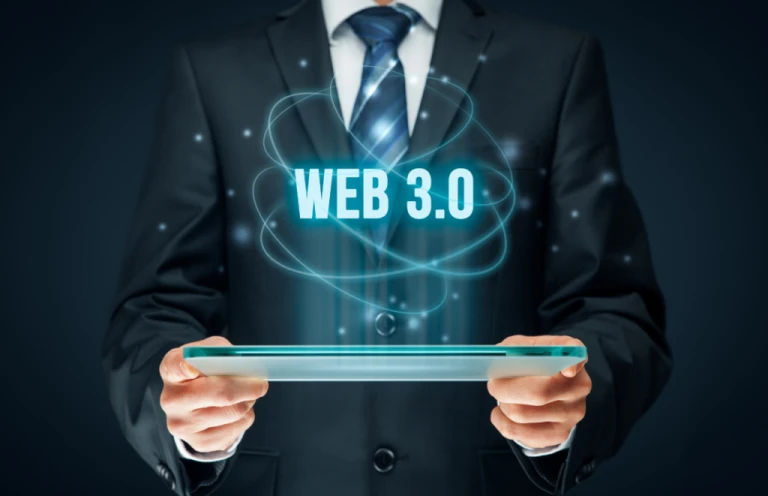
Investment Opportunities for Web 3.0
Because of the novelty of Web 3.0, many people want to be at the forefront of it. This includes investors; many venture capitalists and individual investors have entered the space in the hopes of profiting from the rise of new technologies.
There are several approaches you can take if you want to invest in Web 3.0:
- Crypto: Cryptocurrencies, specifically crypto tokens of Web 3.0 projects, are a popular way for investors to invest in Web 3.0 technologies.
- Non-fungible tokens (NFTs): NFTs, or non-fungible tokens, are distinct crypto assets that play a role in Web 3.0. NFTs can be used as avatars in the metaverse or as proof of ownership in the metaverse.
- Stocks: You can invest in publicly traded companies that are developing or utilising Web 3.0 technologies, such as Alphabet, Block, Meta Platforms, Microsoft, and Roblox.
- Exchange-traded funds: A growing number of ETFs focused on Web 3.0 and related strategies are available to investors.
What Form Might Web3 Take For Investing?
For starters, it may give users more control over their data. Data privacy is a hot topic. Web3 will give users control over their data in “cold storage” or the cloud.
Next, Web3 could create a more decentralized investing style that eliminates middlemen. Web3’s decentralized model, companies can bypass the distribution model and deal directly with customers. Centralized brokerages for investing could be disrupted by Web3 over the next five to 10 years, as well.
This disruption will have three distinct characteristics:
- Open : Being open will also be prioritized. A globally distributed community of developers will usher in a new era of open-sourced transparency with Web3-based software. This simply means that algorithms will be run in full view of the rest of the world. Many antiquated institutions will resist these trends. This level of transparency, for example, stands in stark contrast to hedge funds, which currently account for approximately 50% to 70% of total stock market volume.
- No third Party : The network will be trustless. Participants can communicate publicly or privately without relying on a trusted third party, such as a clearinghouse or centralized brokerage.
- Permissionless : Any trader or market maker can participate without seeking permission from a regulatory body. This means that anyone can build wealth through investing without having to go through brokerages, giving them the opportunity to front-run trades for the elites before yours.
By providing much-needed transparency, Web3 could uproot these monopolistic private exchanges that harm ordinary investors. Despite opposition from establishment elites, Web3 is here to stay. With a plethora of opportunities for those who recognize the trend early.
The bottom line
Web 3.0 will almost certainly be mentioned again in the coming years. And, while we don’t yet know what the use cases for Web 3.0 will be. It’s still important to be aware of this significant technological advancement.
Follow us on Instagram


